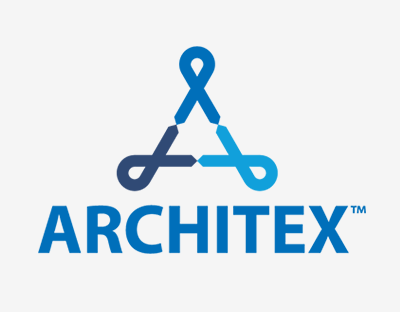Collector Module
Subject Matter Experts (SMEs) enter data into an architecture from the designed framework.
Collector provides a streamlined data capture interface where SMEs can focus on data collection instead of understanding how to draw and connect objects.
- Relational data is displayed using drop downs ensuring users select from the correct values available and minimizing the risk of capturing bad data.
- Can easily import and export data using Excel.
 Architex™ is an application used to create, integrate, collaborate and present enterprise evolution options including architectural transitions, programmatic budgets, integrated risks and driving requirements. Leveraging a centralized repository for this information helps empower decision makers with a clear view of all information driving their program.
Architex™ is an application used to create, integrate, collaborate and present enterprise evolution options including architectural transitions, programmatic budgets, integrated risks and driving requirements. Leveraging a centralized repository for this information helps empower decision makers with a clear view of all information driving their program. Architex provides a modular approach to managing the different workflows required to capture and maintain all aspects of data needed for making informed decisions. This approach allows each individual group to stay within their respective workflow while providing decision makers the ability to correlate and understand all aspects of the data to make informed decisions.
Architex provides a modular approach to managing the different workflows required to capture and maintain all aspects of data needed for making informed decisions. This approach allows each individual group to stay within their respective workflow while providing decision makers the ability to correlate and understand all aspects of the data to make informed decisions.